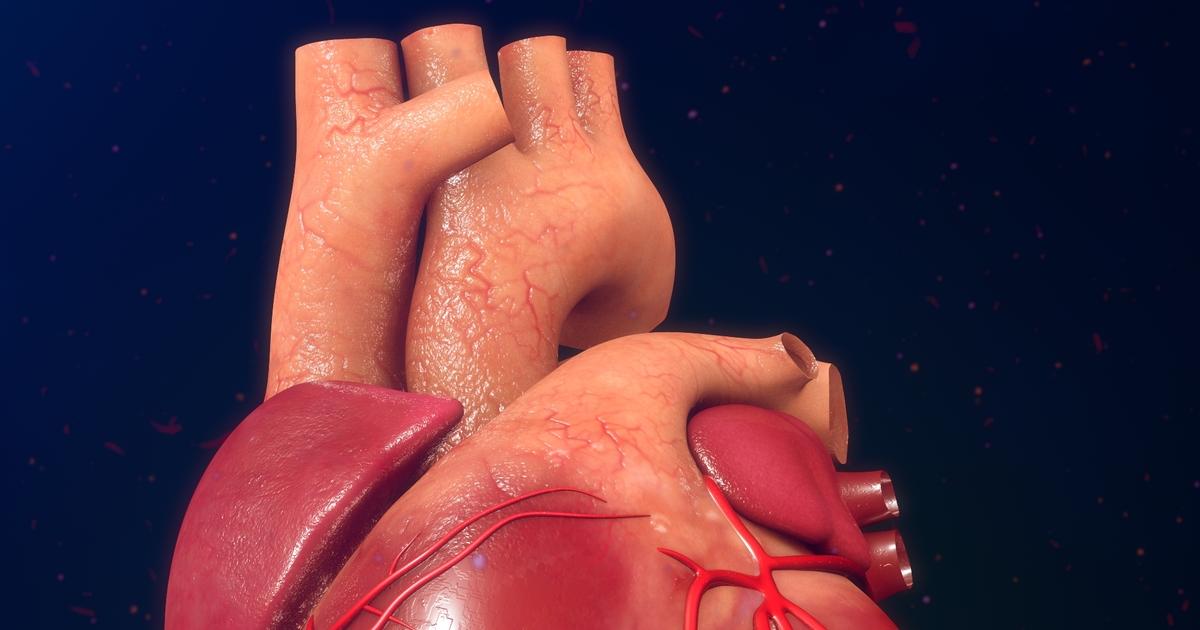Guide To The Risk Factors And Causes Of Aortic Stenosis
Aortic stenosis refers to when the aortic valve leaflets do not function as they should because they become too stiff or hard to open completely. For blood to exit the heart and flow through the aorta smoothly, the aortic valve has to maintain the ability to open fully. When blood does not flow smoothly from the heart into the aorta, the heart muscle has to work much harder to pump blood. Symptoms that occur in aortic stenosis include a heart murmur, dizziness upon exertion, fatigue, appetite loss, chest pain, breathlessness upon exertion, heart palpitations, and poor weight gain. Aortic valve stenosis is diagnosed with the use of medical history, physical examination, echocardiogram, electrocardiogram, stress test, CT scans, chest x-ray, cardiac MRI, and cardiac catheterization. The severity of aortic stenosis is what determines how it is treated. Treatment includes medication, valve repair, and or valve replacement.
There are numerous risk factors and causes of aortic stenosis. et the details on this now.
Calcium Buildup On The Aortic Valve

An individual may develop aortic valve stenosis due to progressive calcium buildup on their aortic valve leaflet tissues. Calcification on the aortic valve occurs when calcium deposits develop in the tissues that make up the valve and its leaflets. An individual in late adulthood or who has existing coronary artery disease or atherosclerosis is at a higher risk of experiencing the deposit of calcium in their aortic valve. The process that causes calcification of the valve tissues is thought to involve a complex interaction between endothelial dysfunction, oxidative stress, and inflammatory responses. These factors cause the remodeling of tissues in the valve and inappropriate disposition of calcium during that process. Because the aortic valve is one constantly under a significant amount of mechanical stress, it undergoes constant cycles of tissue renewal. Factors like high blood pressure and others that cause mechanical stress on the valve to exceed its ability to remodel and repair itself can cause an impairment of structural integrity. This structural impairment is further aggravated by the attraction, deposition, and hardening of calcium in the valve that leads to the symptoms of aortic valve stenosis.
Read more about the risk factors and causes of aortic stenosis now.